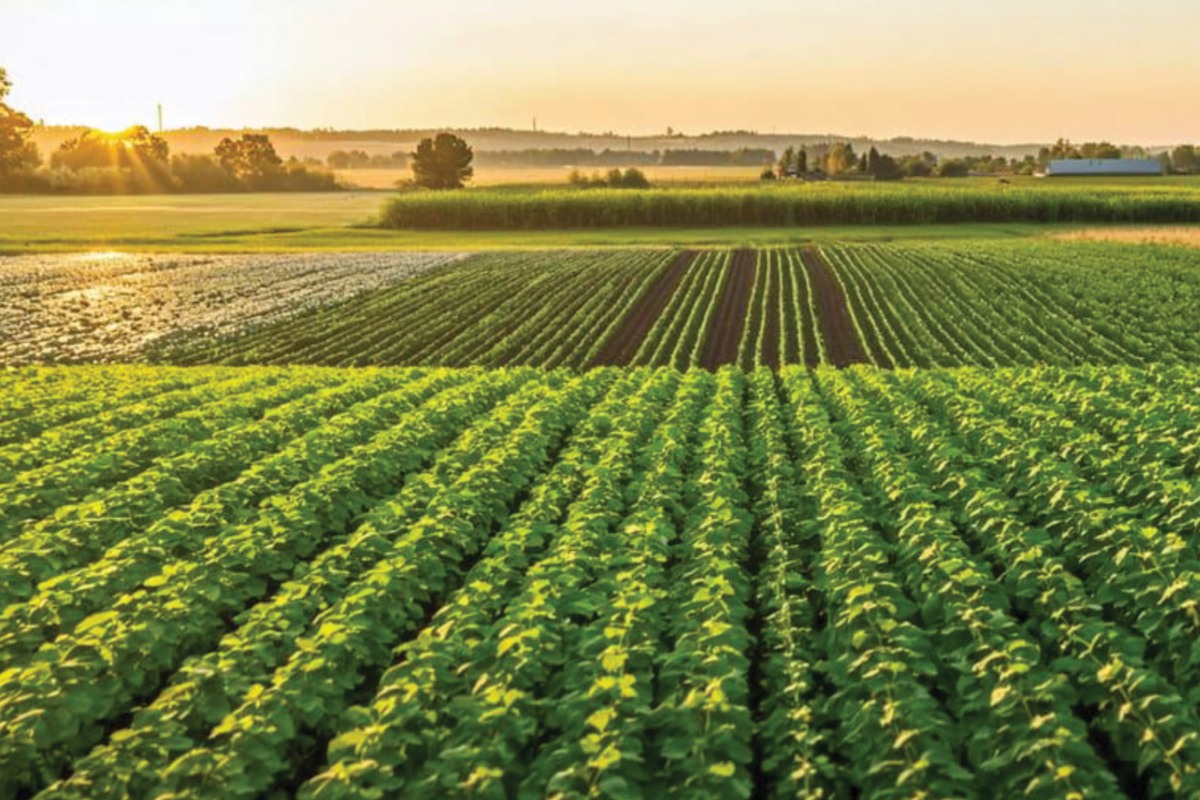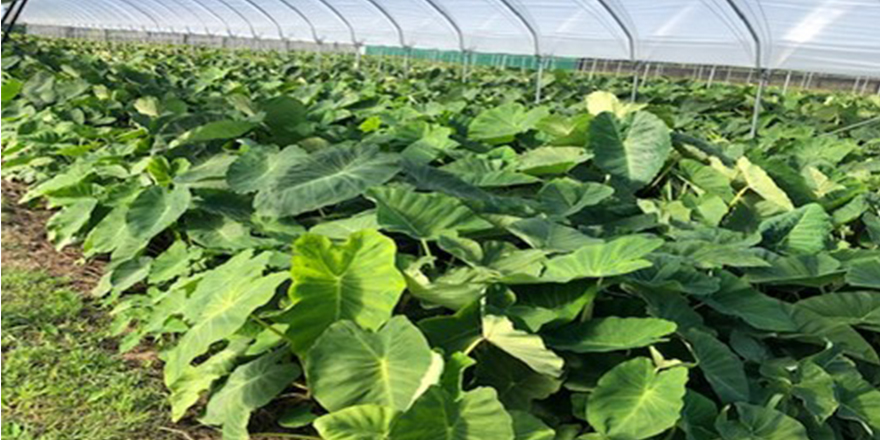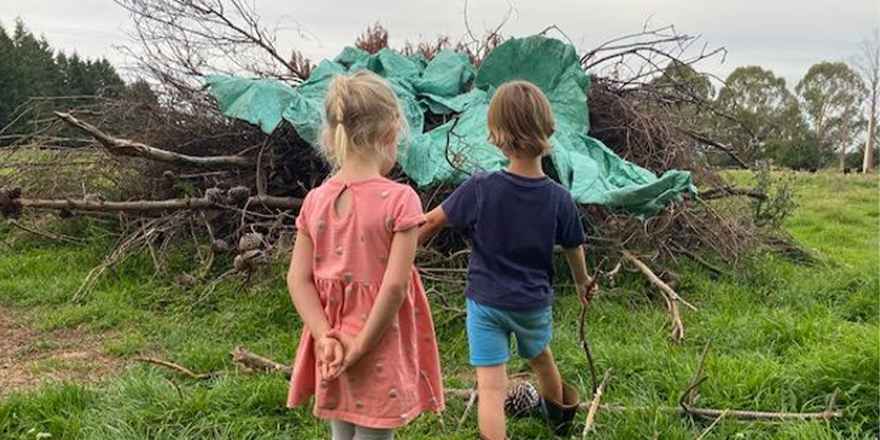
Executive summary
This report addresses the incorporation of biopesticides and integrated pest management (IPM) strategies into the horticultural sector in New Zealand. A combination of a literature review and semi-structured interviews were undertaken and analysed using PESTLE analysis.
The New Zealand horticultural sector is diverse and export-focused. Each crop sector has different crop strategies to control pests and diseases to meet export market requirements. Globally, consumers are more connected to the source of their food with each market focusing on different components. This is complex for growers to meet most market demands. Biopesticides and IPM is investigated to determine if these are viable options for crop protection.
The final recommendations were split into People and Mechanics.
People
People do not like change which is a large barrier to the use of biopesticides and IPM. Change often occurs when market requirements are altered or in a ‘crisis’. Many growers have been misinformed on IPM or biopesticides before putting them into practise, which can result in a false sense of perception and a lack of trust. This results in many not willing to try again and spreading misinformation. Biopesticides are often more expensive with less efficacy than synthetic chemicals. There is little incentive for growers to change with no perceived economic value.
IPM is more welcomed within the industry. Knowledge was also identified as a barrier. There is more motivation toward this approach as there is a perceived view that there may be less chemical costs.
Knowledge domestically is lacking in IPM and biopesticides. Key experts in these fields must be identified. Clear messaging is important. Experts must collaborate to produce a strategic approach to build a network of knowledgeable and trustworthy industry leaders. The use of international tools and other experts should be seriously considered to reduce costs and accelerate learning. Science-based decisions on crop protection are important to set growers expectations to reduce mistrust. Growers will need considerable support and industry must be ready to provide this.
Currently, there is no formal training for people who provide agronomic advice to growers. These people hold a large influence. Agricultural retailers and agronomists should collaborate and set a formal standard incorporating the entire ‘toolbox’ to build consistency within this sector and build confidence in growers.
NZ growers need to be adaptive to obtain market access with more markets aligning with a whole farm holistic approach. Ethical, sustainability and low residues in food are likely to trend with markets. IPM and biopesticides fit well for this market.
Chemical resistance management was one of the largest concerns. There is high reliance on chemicals and different controls should be integrated to build adaptability. The need to educate the entire industry is critical to protecting the current chemical controls. Slow regulatory agencies have a negative compounding effect on chemical resistance.
Mechanics
Regulatory agencies are a considerable barrier to crop protection. The current cost recovery strategy is low and ecotox models are outdated. Increasing the cost recovery for new products to enter New Zealand per application is advised to enable more funds to be utilised to upgrade internal risk assessment tools such as the ecotox models. Participants in this study were open to this recommendation if the timeframes were quicker and more reliable. This hinders both chemical and biopesticides entry to the New Zealand market.
Technology was a key tool identified to compliment IPM and biopesticides. The use of technology to predict pest pressure will enable growers to make informed decisions. These tools can also justify crop protection decisions to export markets. Research farms with demonstration abilities can help growers make crop protection decisions when they are particularly risk-averse before investing. They also ensure methods can be implemented practically before reaching growers.
Implementation of biopesticides and IPM will not be easy with the largest hurdles being the knowledge gap and the regulation of products. As an industry, it is important to move toward these approaches to maintain a strong future market share.
Jess Ross, Jessica




